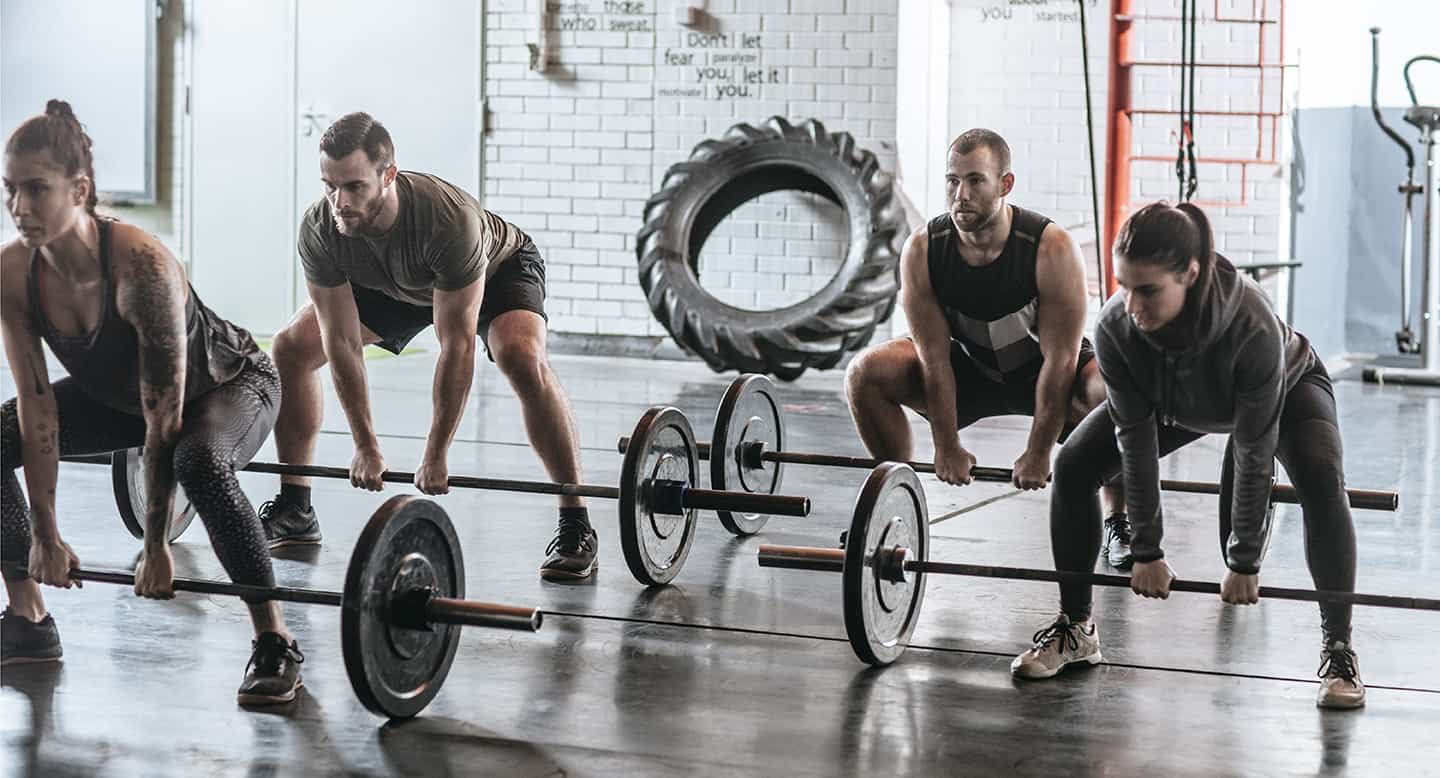WORKOUTS
Cardio vs. Weight Training: What's The Best Way to Burn Fat?
The debate on cardio versus strength training for fat loss has been around forever. Some athletes swear on steady state cardio for leanness. Others skip aerobic training altogetherand stick to heavy weights. Who's right and who's wrong? What's the best way to burn fat and rev up your metabolism? Let's find out!
Low-intensity cardio: what to expect Cardiovascular training is a great way to keep your heart healthy and stay in shape. It has both immediate and long term benefits. Athletes who do cardio regularly have a lower resting heart rate and blood pressure, last longer in the gym, and handle stress more efficiently.
Cardiovascular training is a great way to keep your heart healthy and stay in shape. It has both immediate and long term benefits. Athletes who do cardio regularly have a lower resting heart rate and blood pressure, last longer in the gym, and handle stress more efficiently.
This form of exercise improves circulation and muscular endurance. It also boosts endorphin levels in the brain, which helps lift your mood and enhances mental well-being. Moreover, it keeps your mind sharp, slows down cognitive decline, and increases productivity at work.
Cardio training aids in weight loss too. After all, it burns calories. The problem is that it also burns muscle. The less muscle you have, the slower your metabolic rate will be. A slow metabolism equals fewer calories burned throughout the day.
Another drawback is its low intensity. Steady state cardio has a negligible impact on energy expenditure.
High-intensity interval training (HIIT) and weight lifting, by comparison, increase energy expenditure, causing your body to burn more calories. For this reason, low-intensity cardio doesn't trigger the afterburn effect or EPOC (excess post-exercise oxygen consumption). This means you only burn calories during your workout, not after.
Strength training and fat loss Minute per minute, strength training is more effective for fat loss than low-intensity cardio. First of all, it stimulates the type II muscle fibers, which are more energy demanding than type I muscle fibers (which are activated during aerobic training). As a result, you'll burn more calories.
Minute per minute, strength training is more effective for fat loss than low-intensity cardio. First of all, it stimulates the type II muscle fibers, which are more energy demanding than type I muscle fibers (which are activated during aerobic training). As a result, you'll burn more calories.
Secondly, it causes the so-called afterburn effect. Depending on your weight and exercise intensity, you can expect to burn up to 33 percent more calories for up to 16 hours after finishing your workout. On top of that, it's less time consuming than cardio. To sum up, strength training yields better results in less time.
Thirdly, this exercise method promotes hypertrophy aka muscle growth. More mass equals a higher energy expenditure and faster metabolism. By lifting heavy, you'll build a strong, athletic body will well-defined muscles. Don’t worry about getting bulky - it won’t happen unless you eat tons of food or take performance-enhancing drugs.
As far as weight loss is concerned, the benefits of strength training lie in its ability to increase EPOC levels and build lean mass. According to science, heavy resistance training and circuit training with short rest intervals have the biggest impact on EPOC. These exercise methods require ATP from the anaerobic pathways, causing your body to use more energy for fuel. Cardio has none of these beneficial effects.
Moreover, research shows that workout intensity, not duration, is what influencesEPOC levels. The more intense your workout, the higher the afterburn effect. Strength training provides a greater EPOC effect than long distance running.
Some studies suggest that lifting weights increases metabolism for up to 38 hours after exercise. This means you'll burn more calories while watching TV, cooking your food, or simply resting in bed.
Let's take active men, for instance. They eat more than women and yet, they look leaner and don't gain weight. This is due to the fact they have more muscle, which leads to a higher energy expenditure. For best results, stick to the 15-20 rep range so you reach muscle failure and burn more calories.
Summary
- Low-intensity cardio supports heart function and increases overall endurance. Its health benefits are supported by science. However, it’s not the best way to lose fat.
- Unlike strength training, steady state cardio doesn’t trigger the afterburn effect. Moreover, it burns both fat and muscle, leading to a slower metabolism.
- Heavy lifting increases EPOC and promotes muscle growth, so you’ll burn more calories during and after exercise.
